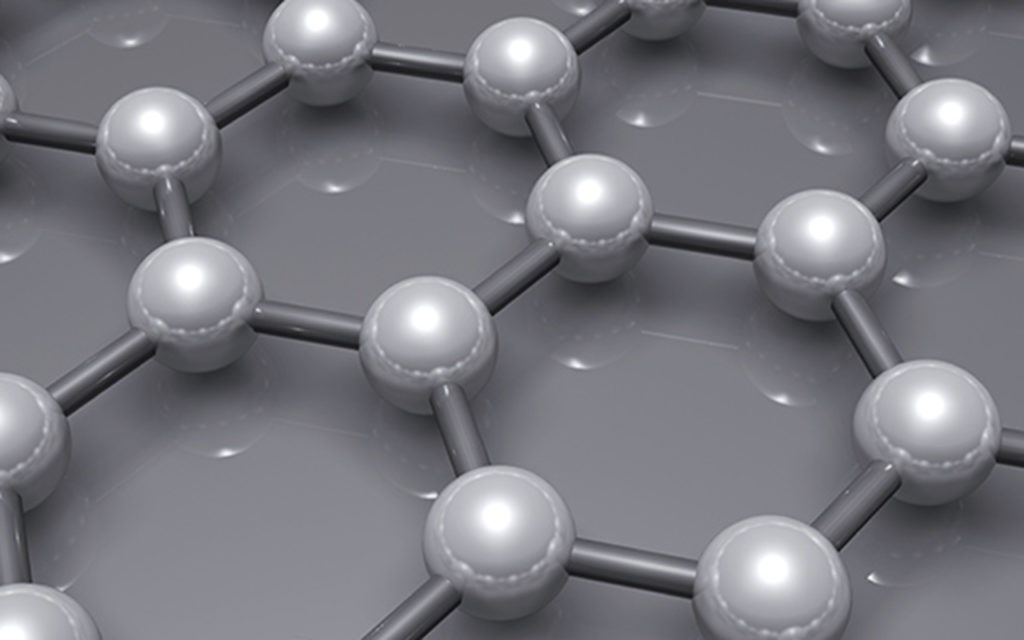Super material graphene makes textiles alive

According to many peolple in the reasearch sphere graphene is a super material. Now, a project at Smart Textiles has shown a new field of application for the material graphene oxide which can be used to make textile electrically conductive.
– Graphene is a material that has been on everyone’s lips for quite a while. Simply explained, it is coal in a certain form that has very exciting properties, says Nils-Krister Persson, associate professor and responsible for the research lab at Smart Textiles, University of Borås.
Together with the doctoral student Milad Asadi and senior lecturer Tariq Bashir, he has worked in a project to explore the subject’s electrically conductive properties. In smart textiles, metals are often used to create electrically conductive materials, including heating in sports garments, but sweat adversely affects the metals because it causes oxidation – rust.
Using graphene to conduct current, one avoids oxidation.
Better for sustainable development
Graphene oxide is basically water soluble, which allowed a process where graphene oxide was applied as a dye to the fabrics. Before applying graphene oxide, the fabrics were pretreated to obtain good adhesion.
– Many who worked with grapehen and textiles knows graphene but not textiles. We use textile knowledge to reach something that can be useful in practice and is possible to make large-scale production of, says Nils-Krister Persson.
Here, the doctoral student Milad Asadi’s knowledge has been important.
– Our method enables an even layer and thus good electrical conductivity, says Milad Asadi.
The results implies a process where the textile is dipped, which is a process that fits well into the textile industry’s already existing processes. Even from the point of view of sustainability, it is positive to use graphene, as coal is a resource that is abundant, unlike many metals. In addition, the carbon contains no hazardous substances. However, the research needs to study the effects of its nanoparticles closer.
– It is quite possible to replace, on a larger scale, metallic materials with graphene oxide in smart textiles. It was a rather small project, but we have shown that it is possible to get far even with small funds, concludes Nils-Krister Persson.
The project is funded by Vinnova within the national innovation program SIO Grafen. It is carried out together with Swerea IVF (now RISE IVF) and Inuheat AB.
Läs mer om
Nils-Krister Persson
SIO Grafen (extern länk)
